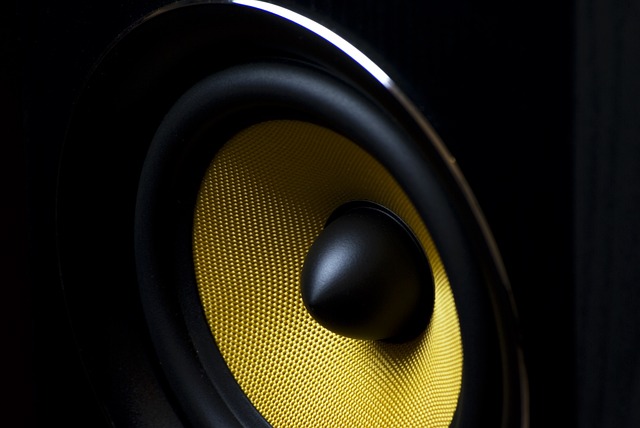What Stores Get Wrong About Sound and How to Fix It
Most people don’t think about sound when walking into a store. They notice lighting, layout, colors. But something else quietly shapes how they feel, how long they stay, and sometimes, whether they buy. That something is sound. And most stores get it wrong.
In many shops, music comes from low-quality ceiling speakers or plays too loudly through a single point. Some don’t match the sound to the type of shopper or time of day. The result? A space that feels off, even if customers can’t explain why. They might not complain, but they’ll leave sooner, browse less, and possibly spend less.
Bad sound isn’t always obvious. It hides in uneven volume zones, where one section of the store feels too loud while another is nearly silent. It appears in stores where the music echoes because the walls and floor bounce sound around. Some retailers use home-style speakers, thinking they’ll work in a larger space. They usually don’t. Sound spreads differently in open areas. What works in a living room often struggles in a retail space.
Commercial audio speakers solve this problem in a way home setups can’t. They’re built for large areas. Some are designed to blend into the ceiling or walls. Others send sound in a wide, even pattern so every part of the store hears the same volume. They reduce distortion and often come with volume control zones, which help tailor sound to specific sections.

Image Source: Pixabay
A shop that sells luxury items likely needs a different sound profile than a fast-fashion store. Yet, many retailers don’t consider this. They may play whatever’s trending or use a playlist not made for public spaces. Even a well-chosen playlist won’t land well if the sound quality is poor. People associate sound with value more than most owners might realize. Tinny audio can make even high-end goods feel cheap.
The issue usually starts during the design phase. Architects and store planners think about visuals. They rarely consider how the space will sound when customers walk through. Walls, ceilings, floor material, and product displays all change how audio behaves. Without a proper plan, sound turns into noise. Customers may feel overwhelmed without knowing why.
One way to correct this is to begin with a proper audio map. This shows how sound will move through the space. From there, a technician can recommend where to place commercial audio speakers for balanced coverage. They might suggest directional models for narrow aisles or ceiling speakers for open layouts. Each space calls for a different mix.
Training staff to manage the system also helps. Knowing when to raise or lower the volume based on time of day can improve the atmosphere. A quieter morning sound might suit older shoppers, while louder music may work better in the afternoon. Some stores even change playlists depending on the weather or season. These small shifts may seem unimportant, but they can change how customers behave.
Another fix involves updating old equipment. Many retail sound systems haven’t been touched in years. Replacing them with current commercial audio speakers can improve clarity, lower distortion, and reduce power use. Newer models often pair with apps or control panels, making it easier to manage playlists and adjust sound levels across zones.
Retailers shouldn’t see sound as an afterthought. It’s part of the experience, just like clean floors or well-lit shelves. Customers may not walk in and say, “The audio here is nice,” but their behavior will show it. They’ll linger, look more, and often buy more.
In the end, fixing a store’s sound isn’t just about speakers. It’s about understanding how space and sound connect. By planning carefully and using the right commercial audio speakers, retailers can create an atmosphere that invites people to stay. And that changes everything.
Comments